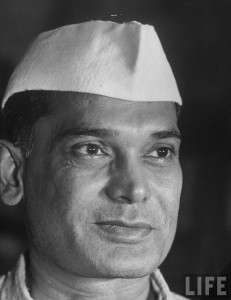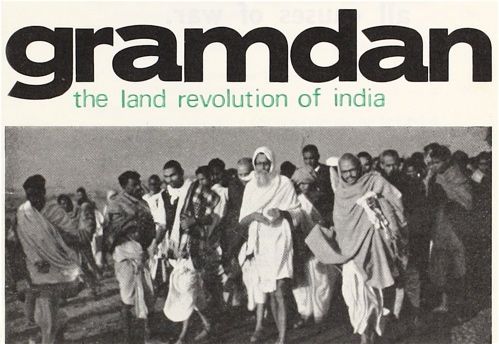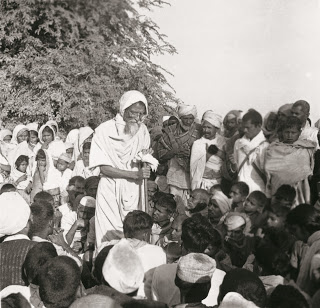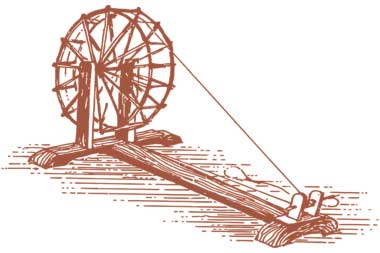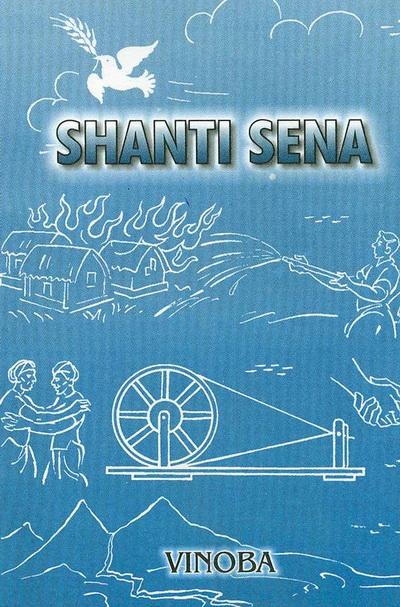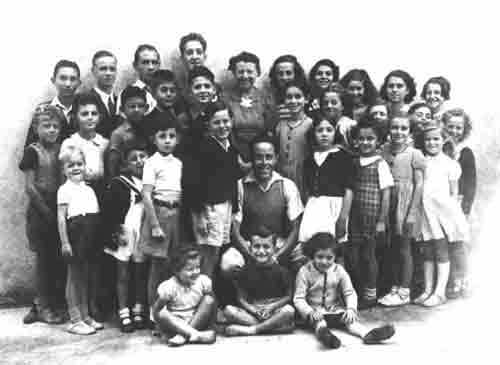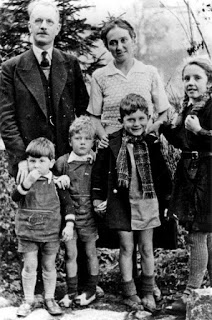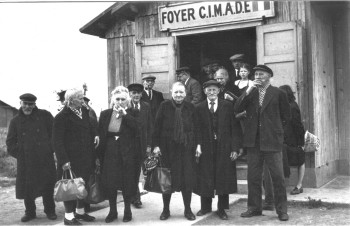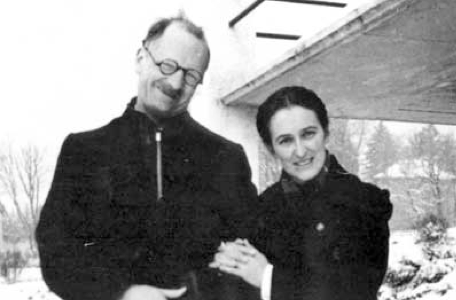The Ordinary, Extraordinary Life of David Hartsough
by Ken Butigan

Cover art courtesy PMPress.org
Years ago, my friend Anne Symens-Bucher would regularly punctuate our organizing meetings with a wistful cry, “I just want to live an ordinary life!” Anne ate, drank and slept activism over the decade she headed up the Nevada Desert Experience, a long-term campaign to end nuclear testing at the Nevada Test Site. After a grueling conference call, a mountainous fundraising mailing, or days spent at the edge of the sprawling test site in 100-degree weather, she and I would take a deep breath and wonder aloud how we could live the ordinary, nonviolent life without running ourselves into the ground.
What we didn’t mean was: “How do we hold on to our radical ideals but also retreat into a middle-class cocoon?” No, it was something like: “How can we stay the course but not give up doing all the ordinary things that everyone else usually does in this one-and-only life?” Somewhere in this question was the desire to not let who we are — in our plain old, down-to-earth ordinariness — get swallowed up by the blurring glare of the 24/7 activist fast lane.
These ruminations came back to me as I plunged into the pages of David Hartsough’s new memoir, Waging Peace: Global Adventures of a Lifelong Activist. David has been a friend for 30 years, and over that time I’ve rarely seen him pass up a chance to jump into the latest fray with both feet — something he’d been doing long before we met, as his book attests. For nearly six decades he’s been organizing for nonviolent change — with virtually every campaign, eventually getting tangled up with one risky nonviolent action after another.


